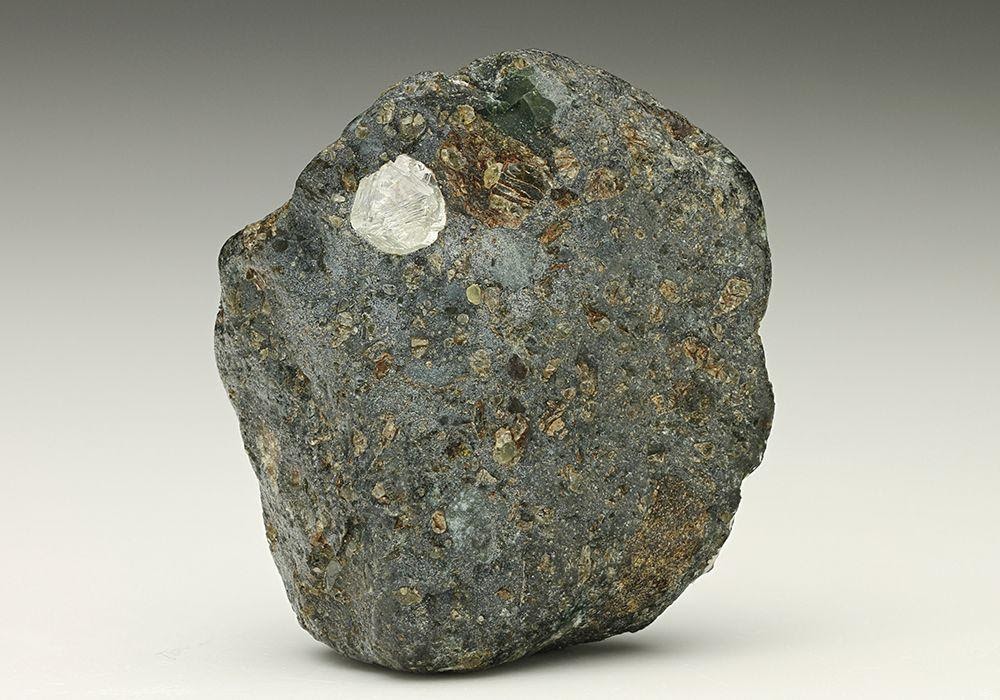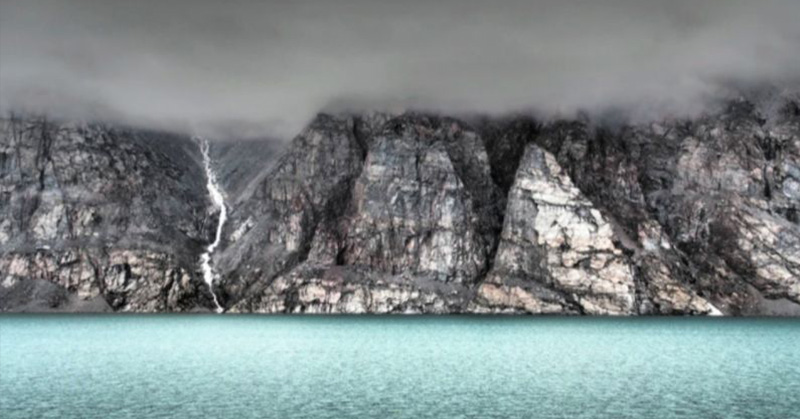Scientists from the University of British Columbia have discovered pieces of a lost continent underneath Baffin Island, Nunavut, believed to have been buried more than 150 million years ago [1]. Nunavut is a large, remote and sparsely populated territory in northern Canada. The territory has been of particular interest for gem-mining companies seeking to study and explore kimberlite, an igneous rock formed beneath the earth that sometimes contains diamonds in its rock matrix. Kimberlite stones were formed millions of years ago and as they are shot upward by volcanic eruptions, they gather diamond stones along the way.

The earth hasn’t always been structured the way it is today. Theoretically, our dear planet’s lithosphere is made up of 15- 20 fragments called tectonic plates that shift to form geographical locations [2]. Think of them as pieces of broken chinaware, linking themselves together by shifting to find the right fit. When two or more of these plates collide, continental crusts break and buckle up which can cause the gradual disappearance of locations and the formation of new ones.
Evidence of a world we can only begin to imagine
This was discovered by a team of researchers studying kimberlite provided by Peregrine Diamonds, a junior exploration company. Published in the Journal of Petrology, the team reports that the chemical composition of the samples from their research was similar to the same rocks found in the North Atlantic Cratons (NAC), a long-lost ancient part of the earth’s original crust. A particular strong-point was the composition of olivine found in the kimberlite samples [3]. Olivine is a magnesium iron silicate compound so abundant in the original NAC crust that it became a sole distinct feature.
The modern world is believed to be formed around the cratons, ancient parts of the earth’s continental lithosphere, and no piece of these crusts in the North Atlantic region has been discovered until now. The NAC originally ran from Scotland to North America, but due to the earth’s restlessness, the landmass broke up and is now scattered all over North Atlantic. Fragments can be found as parts of Scotland, Greenland, and Labrador in eastern Canada.
The scientists have confirmed that Baffin Island in Canada’s arctic was once connected to the North Atlantic Craton, a lost continent buried hundreds of millions of years ago [4].
Olivine is often referred to as “the main mineral of the upper mantle”, commonly found in the earth’s subsurface since it withers quickly on the surface itself. In most other crusts of lost landmasses discovered, the subsurface is usually composed of 65% olivine and 25% orthopyroxene, a silicate mineral compound [5]. However, in the NAC, the subsurface contains about 85% olivine and about 10% orthopyroxene, a similar ratio found in Baffin Island’s Kimberlite samples.
“The mineral composition of other portions of the North Atlantic craton is so unique there was no mistaking it,” said study author Maya Kopylova. “It was easy to tie the pieces together. Adjacent ancient cratons in Northern Canada—in Northern Quebec, Northern Ontario and in Nunavut—have completely different mineralogies.”
Read: Ancient tree with record of Earth’s magnetic field reversal in its rings discovered
New horizons unlocked
From the sizes of the kimberlite samples discovered, the researchers have reason to believe that the NAC is 10% larger than was originally estimated. As opposed to previous reconstructions in Archean research this is the first time parts of an ancient landmass have been discovered at such far-reaching depths below the earth’s surface. Kopylova explains that their knowledge of the geographical layout of the area is “literally and symbolically deeper”, and the recent discovery will pave way for more in-depth and targeted research in the future.
“With these samples, we’re able to reconstruct the shapes of ancient continents based on deeper, mantle rocks,” said Kopylova. “We can now understand and map not only the uppermost skinny layer of Earth that makes up 1 percent of the planet’s volume, but our knowledge is literally and symbolically deeper. We can put together 200-kilometer deep fragments and contrast them based on the details of the deep mineralogy.”
This is not the first time a lost continent has been discovered. In 2017, researchers from the University of Otago in New Zealand discovered the lost continent of Zealandia, a landmass buried southwestern region of the Pacific Ocean about 85 million years ago [6]. Zealandia is known to be the world’s youngest continent. Earlier that year in January, researchers from South Africa’s University of Witwatersrand discovered Mauritia, an ancient continent buried under the Island of Mauritius, which has now been classified as part of the East African country [7].
Sources
- Isabella O’Malley. Ancient lost continent has been discovered in Northern Canada. The Weather Network. https://www.theweathernetwork.com/ca/news/article/ancient-lost-continent-has-been-discovered-near-nunavut-canada. Retrieved 29-03-2020
- What is Tectonic Shift? National Ocean Service. https://oceanservice.noaa.gov/facts/tectonics.html. Retrieved 29-03-2020
- Ben Taub. Fragments Of An Ancient Lost Continent Have Been Discovered In The Canadian Arctic. IFL Science. https://www.iflscience.com/environment/fragments-of-an-ancient-lost-continent-have-been-discovered-in-the-canadian-arctic/. Retrieved 29-03-2020
- Geologists find lost fragment of ancient continent in Canada’s North. UBC. https://science.ubc.ca/news/geologists-find-lost-fragment-ancient-continent-canada%E2%80%99s-north. Retrieved 29-03-2020
- Mindy Weisberger. Piece of lost continent discovered beneath Canada. Live Science. https://www.livescience.com/lost-continent-diamonds-canada.html. Retrieved 29-03-2020
- Geochemistry. How the submerged continent of Zealandia took shape. Nature.https://www.nature.com/articles/d41586-018-07884-y. Retrieved 29-03-2020
- Juliet Perry. ‘Lost continent’ found under Mauritius in the Indian Ocean. CNN. https://edition.cnn.com/travel/article/lost-continent-mauritius-trnd/index.html. Retrieved 29-03-2020
- Kimberlite. Britannica. https://www.britannica.com/science/kimberlite. Retrieved 29-03-2020
- Kopylova et al. The metasomatized mantle beneath the North Atlantic Craton: Insights from peridotite xenoliths of the Chidliak kimberlite province (NE Canada). Oxford Academic. https://academic.oup.com/petrology/advance-article-abstract/doi/10.1093/petrology/egz061/5697922?redirectedFrom=fulltext. Retrieved 29-03-2020
- Gardiner et al. North Atlantic Craton architecture revealed by kimberlite-hosted crustal zircons. Science Direct. https://www.sciencedirect.com/science/article/pii/S0012821X20300340. Retrieved 29-03-2020
- Olivine. Britannica. https://www.britannica.com/science/olivine. Retrieved 29-03-2020

